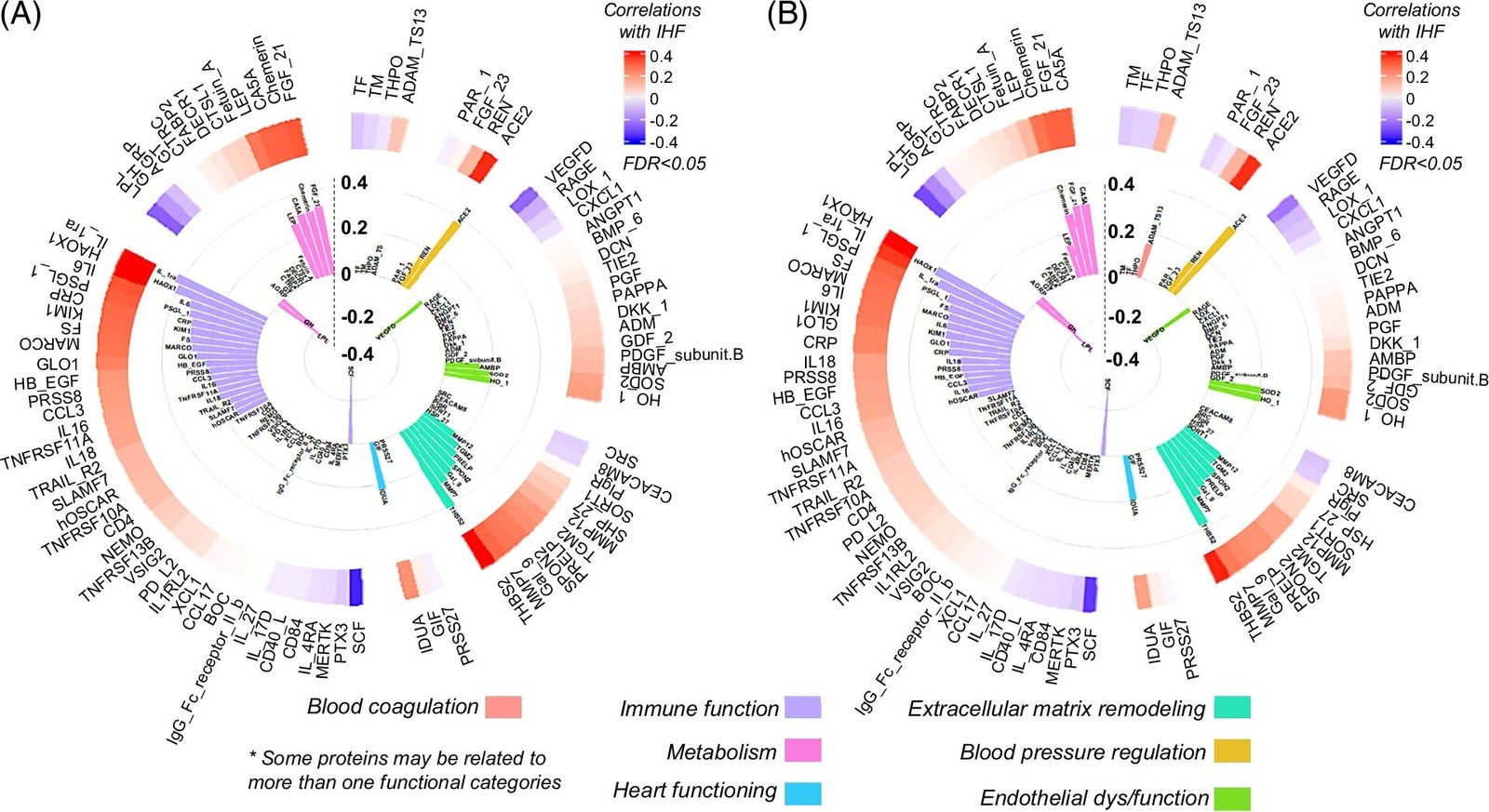New findings from the DIRECT PLUS, 18-month-long lifestyle intervention trial underscores the potential to observe and signify alterations of MRI-assessed liver fat with proteomics according to new research from Ben-Gurion University of the Negev.
The study was led by Ms. Dana Goldberg, Dr. Anat Yaskolka Meir, and Prof. Iris Shai. The trial measured liver fat by MRI and blood proteins for 242 participants at two time points using advanced statistical methods. Their findings were published in Hepatology.
Goldberg, the first author, says, “The study results suggest the following: Incorporating traditional variables with proteomics may improve liver fat prediction; three protein changes, CA5A, HAOX1, and THBS2, were independently associated with liver fat relative change, with the green-MED protein change of THBS2 being more prominent than in the MED group after adjusting for weight with liver fat losses; protein changes over time differed among people with different liver fat percentage groups.”

Recent advances in proteomics have deepened insights into Non-alcoholic fatty liver disease (NAFLD), tracing its progression from hepatic steatosis to more severe liver disease such as cirrhosis. NAFLD, often asymptomatic but marked by liver fat accumulation, is associated with broader metabolic and cardiovascular risks. Emerging biomarkers and non-invasive diagnostics are enhancing early detection and staging capabilities.
Prof. Shai, the principal investigator, says, “The 18-month DIRECT PLUS trial indicated that a green-Mediterranean diet, rich in plant-based proteins and polyphenols and low in red/processed meats, reduced NAFLD by half among the ~300 participants with a NAFLD prevalence of 62% at baseline.
“This diet, which includes Mankai, green tea, and walnuts, also suggested potential benefits for the gut microbiome and epigenetic regulation, highlighting its role in the gut-liver axis and hepatic recovery.”
Dr. Meir, a senior member of the research team who was responsible for the liver fat MRI quantification, says, “Our research advances knowledge on the connection between liver fat percentage and proteomic biomarkers, improving patient monitoring, therapy targeting, personalized treatments, and prognosis evaluation.”
Additional researchers included Ehud Rinott, Alon Kaplan, Gal Tsaban, and Hila Zelicha of BGU, as well as Matthias Blüher, Uta Ceglarek, Michael Stumvoll, Nora Klöting, Berend Iserman of the University of Leipzig; Ilan Shelef, Philip Rosen, and Ohad Etzion of Soroka University Medical Center; Meir J. Stampfer and Frank B. Hu of Harvard University.
More information:
Dana T. Goldberg et al, Novel proteomic signatures may indicate MRI-assessed intrahepatic fat state and changes: The DIRECT PLUS clinical trial, Hepatology (2024). DOI: 10.1097/HEP.0000000000000867
Citation:
Proteomic signatures may indicate MRI-assessed liver fat (2024, May 28)
retrieved 28 May 2024
from https://medicalxpress.com/news/2024-05-proteomic-signatures-mri-liver-fat.html
This document is subject to copyright. Apart from any fair dealing for the purpose of private study or research, no
part may be reproduced without the written permission. The content is provided for information purposes only.










